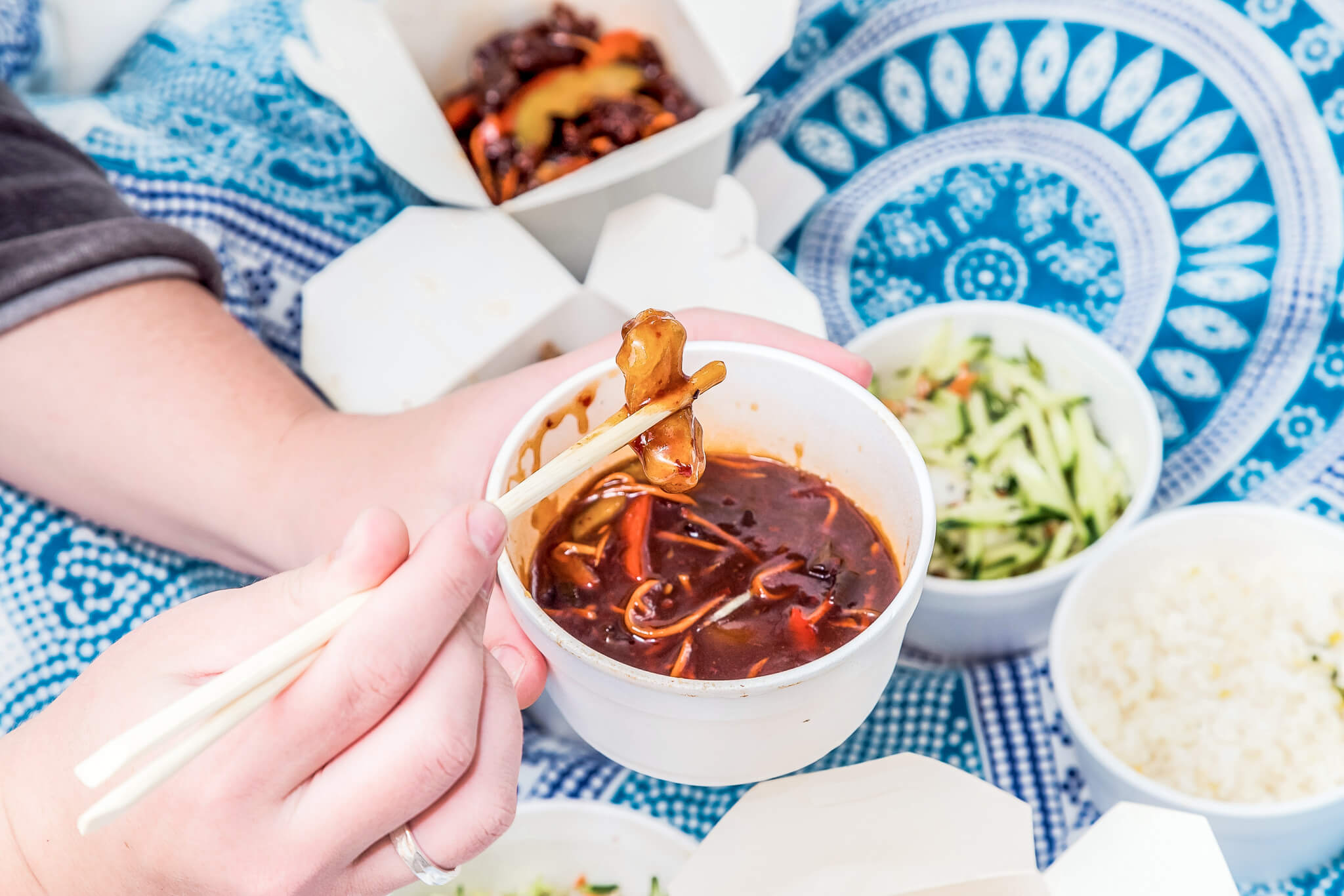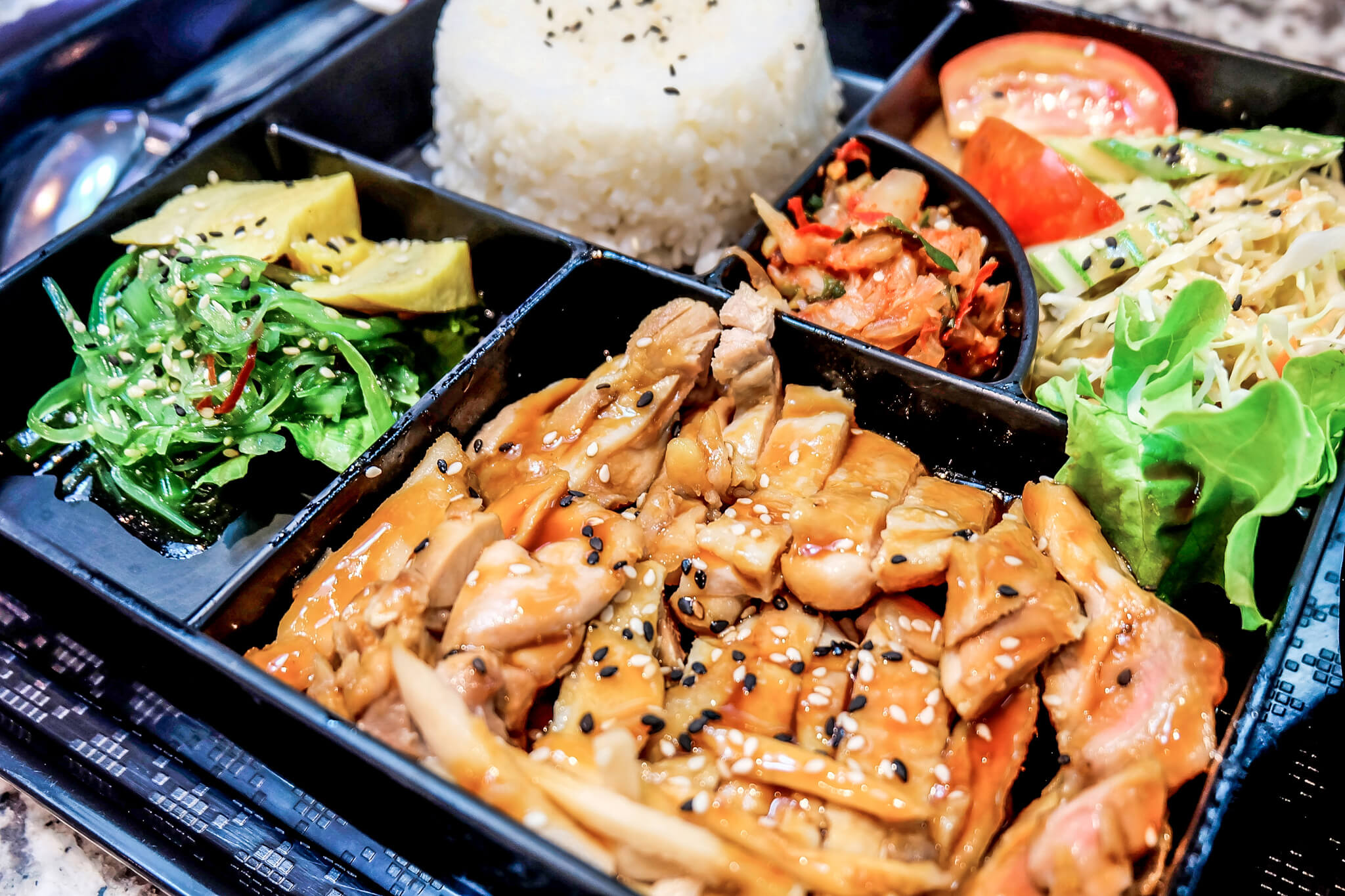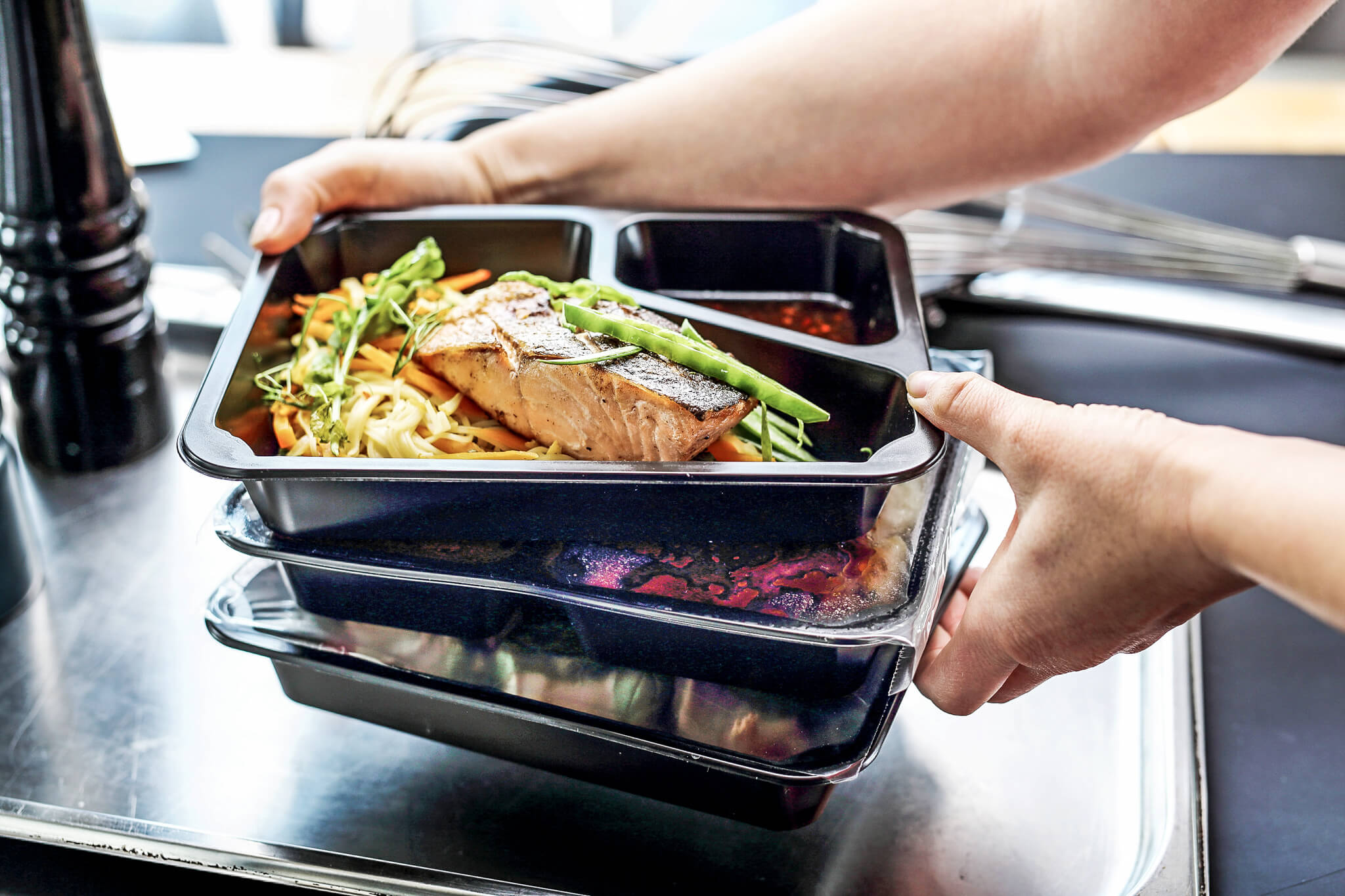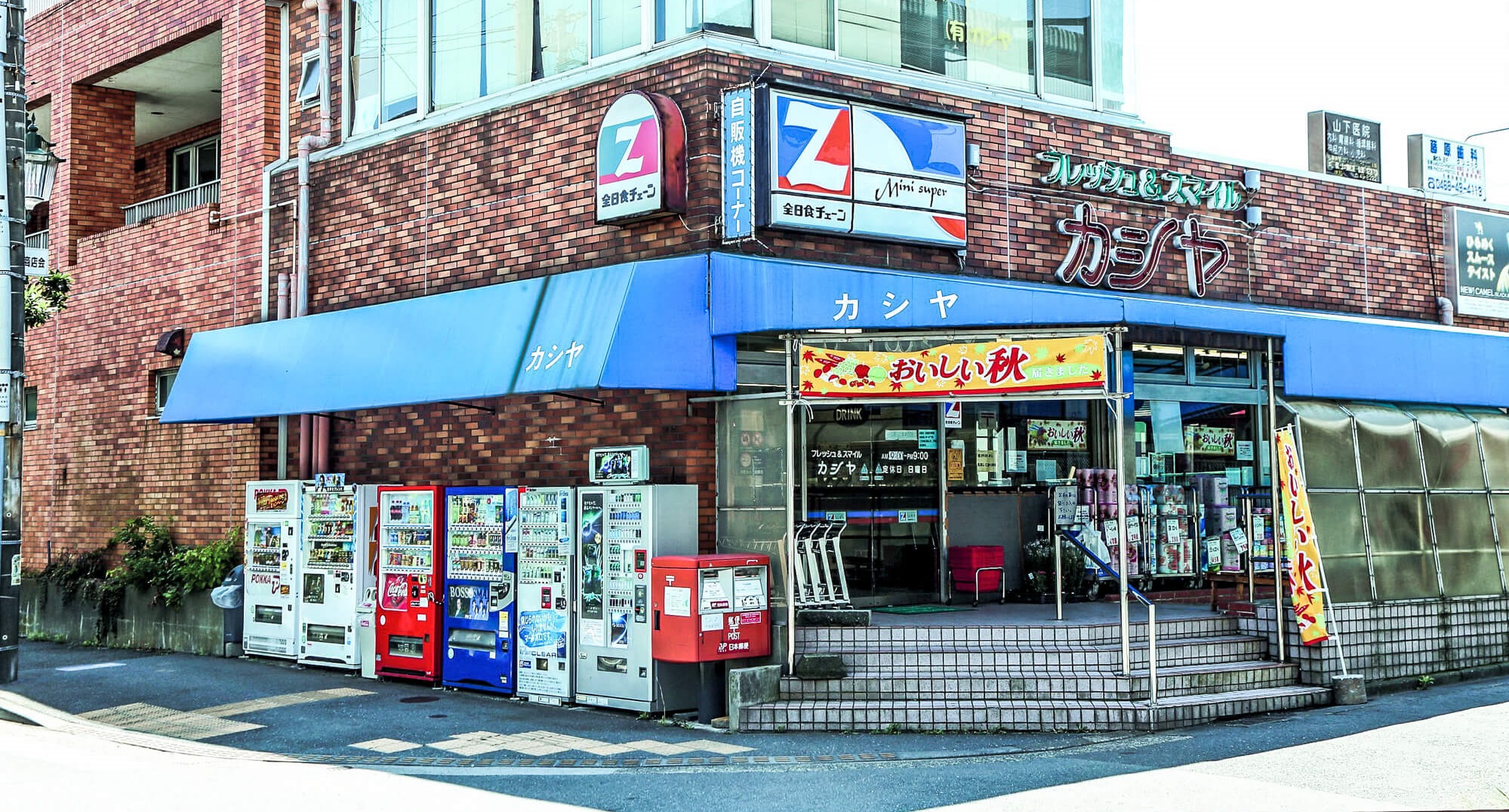These days, when curfews and lockdowns dictate how we live our everyday lives, it’s hard to imagine they exist, those cities that never sleep. However, they are still there, and the days will someday return when their vibrant pulse is lived out, all day every day. Japan’s capital Tokyo is just such a city and is known for its diverse gastronomic culture and excellent service. In the 24/7 metropolis, you’ll find countless restaurants where the kitchens never close down for the night. However, another very common feature are their convenience stores, which are called “konbini” in Japanese. Not only do these stores offer far more products than any similar establishment in the western world, they also provide a full range of services. Their ubiquity as well as the diversity of their services make them places of cultural and even literary importance. Case in point, the novel Convenience Store Woman, by Japanese author Sayaka Murata, which won the Akutagawa Prize in 2016. The novel tells the story of Keiko Furukura, an employee in a nameless convenience store, who has difficulty finding a place in a traditional society because she is an unmarried 36-year-old woman with a menial job. However, the true star of this outsider novel is the convenience store itself.

Image: AdobeStock CrispyMedia
Maximum service in minimum space
Want to send a package? Have your skis transported to the nearest ski resort for your weekend vacation? Shower and buy new underwear? Have a cultural experience or do something for your health and well-being? Organize and manage your financial transactions? Buy tickets for public transportation? Pick up an erotic manga or concert ticket? Or are you hankering for a warm meal? In konbinis, your every wish will be fulfilled, at any hour of the day. Lawson, 7-Eleven and Family Mart are the big players in the service store scene; indeed, it is impossible to imagine everyday life in Japan without them. It should be mentioned that these miniature stores and pubs are also well worth a visit from a culinary point of view. After all, the Japanese don’t like to leave their food culture at the door just because things have to go a little faster. Even though space is scarce, at least in Tokyo, konbinis offer an amazing range of dishes.
For example, among the classics you’ll find in the narrow aisles are dorayakis, which are sandwiches made of two egg pancakes, usually held together by sweet red bean paste. You’ll find them next to western-style sandwiches, called sandos. The most popular filling for these meticulous triangles of white bread is tamago, which is Japanese egg salad. Another triangular-shaped product, but this time made with rice, are onigiri. These treats either have a tuna and mayo or seaweed and soy sauce filling and are wrapped in nori, that is, seaweed paper. Bentos are the name for the larger boxes that have enough space for entire meals. This includes donburi, a rice bowl, which is often covered with thin strips of marinated beef or pork chops, or a portion of noodles next to some fish and pickled vegetables. Konbinis also have microwaves where you can quickly heat up your meal.

Image: AdobeStock | arayabandit
During the winter, you will find hot metal pots near the cash register. These are filled with oden, a traditional stew in which tofu, eggs, fish cakes or daikon radish are steeped in the broth. Lawson is also known for its roast chicken, which is prepared locally and served with a steaming hot bowl of instant ramen or yakisoba, the name for fried buckwheat noodles. For dessert you can enjoy a mochiko, a sweetened paste of sticky rice, or one of the must-have Matcha sweets. Beverages are naturally also an essential part of the mini-market delights. You’ll find an abundant supply of sake, Shōchū, wine and beer, as well as vitamin preparations and even drinks that work to counteract alcohol, such as Ukon no Chikara, a turmeric-based drink. 7-Eleven is the leader in this respect.
Culinary explorer culture
Ken Mochimaru, Head of Corporate Communications at Lawson, estimates that his company’s 1,463 Tokyo stores each carry 3,500 different items, and 100 new products are added every month. “The goal of konbinis is to be a one-stop-shop for all household needs. Today, we are closer to this goal than ever before, considering the current sociological developments,” says Mochimaru. The bento box is a good example of this. “Before the rise of the feminist movement in Japan in the 1970s, the traditional family cooked more,” he explains. Now more and more people are opting for simple, easy meals. The word nakashoku is written on bento boxes, which means “meal to go”. “The reason Lawson focuses on Nakashoku is because the number of dual-earner households has increased. When both partners are working, they have much less time for cooking, and bringing bentos or ready-made meals home is a far more convenient solution. This helps minimize the time spent eating and means you don’t have to do the dishes.” This thriving market consolidates the status of the convenience store as an essential part of daily life.

Image: AdobeStock | foodandcook
In Convenience Store Woman author Sayaka Murata has her heroine Keiko Furukura explain her philosophy. “A grocery store is not just a place where customers buy practical necessities,” says the protagonist. “It must be a place where they can have fun and enjoy discovering things they like.” This may sound overly romantic to Western ears. But undoubtedly some visitors have discovered local culinary peculiarities by doing more than simply grabbing an ordinary pack of chips at a konbini. Indeed, a whole culinary universe is hidden in these tiny service hubs.
Further resources:
Webinar series: How food to go will drive future retail formats















